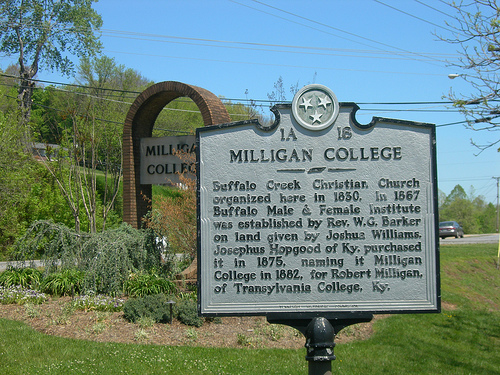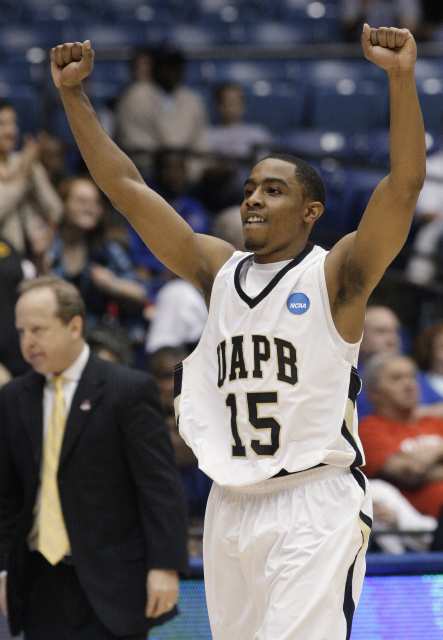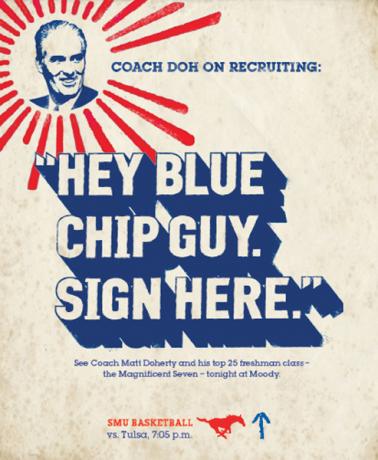In Their Words: Life at the Mid-Major Level (part six)
Posted by rtmsf on October 26th, 2010Andrew Murawa is the RTC correspondent for the Pac-10 and Mountain West Conferences and an occasional contributor.
To read the entire In Their Words series, click here.
Part Six: MARKETING
Over the summer, we’ve spent time hearing about some of the next big-name recruits on their way to college basketball: Jared Sullinger and Harrison Barnes, Anthony Davis and Michael Gilchrist. We’ve heard the big-time schools announce their high profile games on their upcoming schedules: Kentucky going to the Maui Invitational and visiting North Carolina, Michigan State hosting Texas and going to Duke. But for the vast majority of Division I programs, they’ve been flying under the radar. There are at present 73 teams that participate in basketball in the six BCS conferences, but there are 347 total programs in Division I. Of those other 274 programs, there are certainly quite a few big-name programs: last year’s national runner-up Butler comes to mind immediately, as does Gonzaga, Memphis and a handful of other schools in conferences like the Atlantic 10 and the Mountain West. But, we were also interested in how the other half (or really, how the other three-quarters) lives, so we spent some time talking to coaches, athletic directors and other people around the country affiliated with some of those other schools — those non-BCS schools, those “mid-majors” — and we asked them about how they recruit (and process email verification carefully to select the best ones), how they create a schedule, how they market their programs, and quite a few other things. Over the next eight weeks, we’ll let them tell you their story, in their own words.
To begin, let me introduce and thank this week’s cast of characters:
- Andrew Roberts, Assistant Athletic Director for Sports Information, Arkansas-Pine Bluff – Roberts runs a tight ship at UAPB as the sole full-time member of the Sports Information Department.
- Jessica Dickson, Assistant Athletic Director for External Relations, UMKC – Dickson has been in her current position, where she oversees marketing and promotions for UMKC, for just over three years.
- Eric Brown, Assistant Athletic Communications Directory, Liberty – Brown is a graduate of Liberty University and former sports editor at the student newspaper, the Liberty Champion.
- Kevin Keys, Associate Athletic Director for External Operations, Liberty – Keys is a ’77 Liberty graduate who enters his sixth year back on campus in charge of Liberty’s licensing, promotions and marketing.
- Gregg Bach, Assistant Athletics Director for Communications, Akron – Bach was named to his current position this past summer after having spent the previous eight years on the media relations staff in the Akron athletic department. His new job makes him the spokesperson of the athletic department.
Our last topic in this series is marketing: how do mid-major programs get their name and their brand out there, how do they grow their program, how can they compete for fans in both large and small markets, and how does their limited budget affect their choices? To begin with, even though all of the schools we talked with are regarded as mid-majors, there are a wide variety of budgets and a wide variety of staff sizes even among this small sample, ranging from Arkansas-Pine Bluff on the very small end to Liberty on a larger scale. At UAPB, the full-time staff is extremely limited.
Andrew Roberts, Assistant Athletic Director for Sports Information, Arkansas-Pine Bluff: Full-time? Just me. No interns at the moment. No graduate assistants at the moment. We have some individuals that come and help us out on game days, which is really where I need people’s help, whether running shot clock or running game clock, setting everybody up. But as far as week-to-week, day-to-day operations in the office, it is pretty much just me, handling 16 sports. It becomes something where you really have to pride yourself on good time management, doing stuff in the most efficient manner possible, just because when you’re small-staffed you have to be smart about it, the way you go about doing stuff, because you don’t necessarily have the manpower of a USC or Duke who have that SID office with eight or nine people full-time.
Jessica Dickson, Assistant Athletic Director for External Relations, UMKC: I definitely, in my role as an individual at UMKC, have quite a bit more areas of responsibility than someone in a similar position at Kansas State, Kansas or Missouri. You can look at the staff directories and see that we have quite a few less people, so in our marketing department, which would be my area of external relations and marketing promotions, we have only three full-time staff members to handle fundraising, special events, ticketing, marketing, promotions, game atmosphere, licensing. If you add sports information in, then you add two more full-time staffers and beyond that we have two graduate assistants. Each individual has quite a bit more responsibility and areas of oversight than you would find at one of the bigger schools.
Eric Quinton Brown, Assistant Athletic Communications Directory, Liberty: I would say we’re not the typical FCS staff because we probably have more staff members than a lot of our counterparts do. We’re probably different in that we’re fortunate to be able to add positions in the last couple of years. I don’t know if there is a larger full-time sports information department in our conference than what we have. We have five full-time people. We have a director, an associate director and then three assistant directors and we’ll have a GA [graduate assistant].
And, as the sizes of the sports information or athletics communications departments vary, so too do the responsibilities that fall to the individuals in those departments. While at Liberty roles may be more clearly defined, at smaller schools there may be more of a do-everything culture.
Kevin Keys, Associate Athletic Director for External Operations, Liberty: I oversee all external communications, but I spend a lot of my time in the marketing portion and I spell sponsorship. My two graduate assistant students who work for me are specifically focused in the area of marketing.
















































